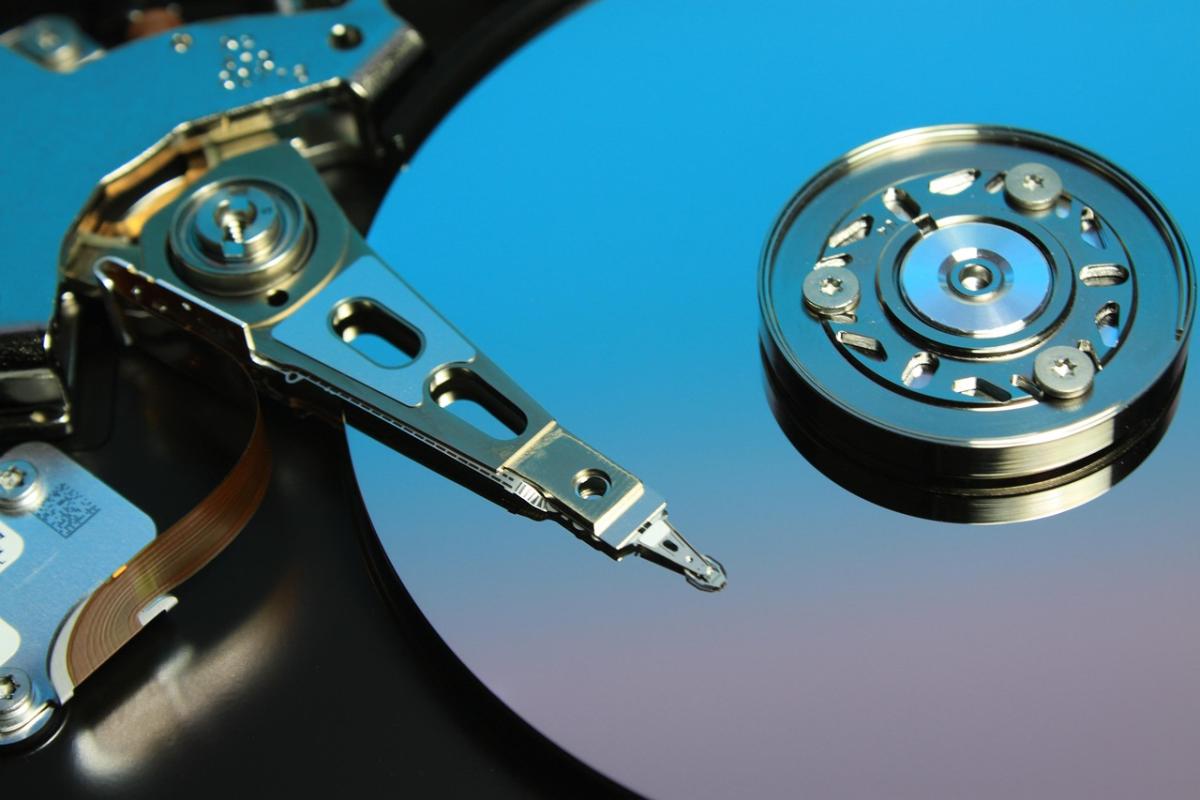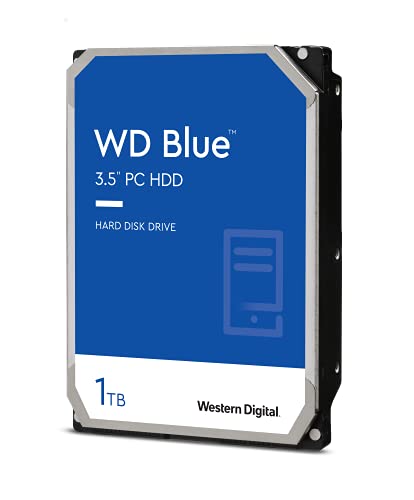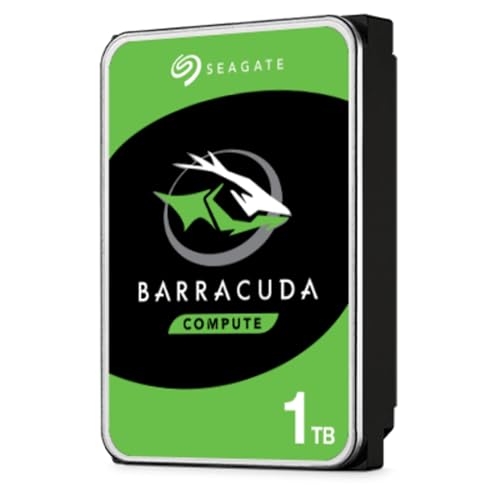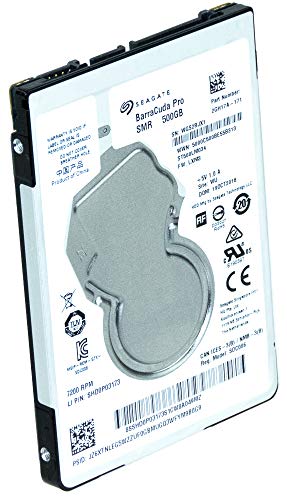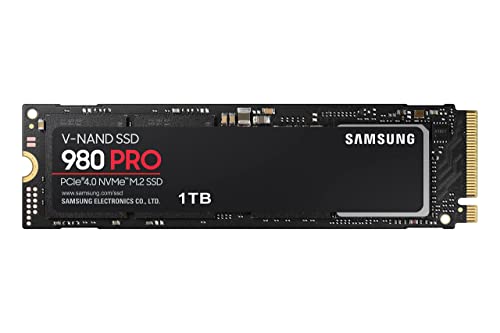External flash drives offer portable, high‑speed storage solutions, but optimizing their performance requires a careful balance of hardware and system settings. This article discusses strategies to enhance data transfer speeds and ensure reliability in high‑performance setups.
Choose high‑quality, UHS‑compatible flash drives and use high‑speed USB ports (preferably USB 3.2 or Thunderbolt) to capitalize on faster transfer speeds. Regularly update USB drivers and manage power settings to enable maximum performance from connected devices. Use disk utilities to periodically defragment or optimize the flash drive and ensure file system integrity. Consider formatting options that minimize overhead while maximizing speed.
Implementing best practices for flash drive optimization can dramatically improve data transfer speeds, making your external storage a seamless extension of your high‑performance PC environment.
Maximize External Flash Drive Performance: Ultimate Optimization Guide
Unlock blazing-fast data transfer rates and rock-solid reliability by fine-tuning hardware choices, system settings, and maintenance routines.
1. Introduction
External flash drives offer portable, high-speed storage solutions, but without proper optimization, even premium hardware can underperform. This guide covers hardware selection, port and cable best practices, system tweaks, and maintenance routines to help you achieve lightning-fast transfer speeds and dependable file system performance.
2. Hardware Essentials
2.1 Choosing the Right Flash Drive
- UHS-II Flash Drives: Dual-row pins for up to 312 MB/s theoretical speeds—ideal for 4K/8K video offloads.
- USB 3.2 Gen 2 & Gen 2×2: Ports delivering 10 Gbps and 20 Gbps respectively, offering 300–1 200 MB/s real-world throughput.
- Thunderbolt 3 & 4 Drives: PCIe lanes push over 2 GB/s in real-world transfers and support daisy chaining.
- NVMe-Based Thumb Drives: M.2 SSD controllers in a compact USB-C form factor for ultimate portability and speed.
2.2 Interface Performance Comparison
| Interface | Theoretical Speed | Typical Throughput | Best Use Case |
|---|---|---|---|
| USB 3.0 (5 Gbps) | 640 MB/s | 100–150 MB/s | Documents & backups |
| USB 3.2 Gen 2 (10 Gbps) | 1 250 MB/s | 300–500 MB/s | 4K video transfers |
| USB 3.2 Gen 2×2 (20 Gbps) | 2 500 MB/s | 800–1 200 MB/s | VFX assets & large datasets |
| Thunderbolt 4 (40 Gbps) | 5 000 MB/s | 1 500–2 500 MB/s | 8K editing & rapid backups |
3. Port and Cable Best Practices
- Identify High-Speed Ports
- Look for “SS” or speed labels (10 Gbps, 20 Gbps) on USB-A/C ports.
- Thunderbolt ports bear a lightning bolt icon—use them for maximum bandwidth.
- Use Certified Cables & Hubs
- Opt for cables rated to your interface (USB 3.2 Gen 2×2, Thunderbolt 4).
- Powered hubs avoid shared-bandwidth slowdowns when multiple devices connect.
- Optimize Physical Connections
- Rear-panel motherboard ports often connect directly to the chipset for lower latency.
- Enable PCIe bifurcation or Thunderbolt boost in BIOS/UEFI to maximize throughput.
4. System Configuration for Peak Performance
4.1 Update Drivers & Firmware
- Install the latest WHQL-certified USB controller drivers from your motherboard or laptop maker.
- Apply firmware updates for your flash drive brand (SanDisk, Kingston, Samsung) to unlock stability and speed enhancements.
4.2 Tweak Power Management
- Windows:
- Set “High Performance” in Power Options.
- In Device Manager → USB Root Hub, disable “Allow the computer to turn off this device.”
- macOS:
- Uncheck “Put hard disks to sleep when possible.”
- Keep your MacBook plugged in during large file transfers.
4.3 Adjust Transfer Protocols
- Enable write caching on Windows for faster sequential writes.
- On Linux, mount drives with
noatimeandnodiratimeflags to reduce metadata overhead.
5. Disk Maintenance & File System Optimization
5.1 Formatting for Speed
| File System | Pros | Cons | Ideal Allocation Unit Size |
|---|---|---|---|
| exFAT | Cross-platform, low overhead | No journaling | 64 KB |
| NTFS | Journaling, security permissions | Windows-only by default | 32 KB |
| FAT32 | Universal compatibility | 4 GB max file size, no security | 16 KB |
5.2 Periodic Optimization
- Windows Optimize Drives: Consolidates free space to boost sequential read/write speeds.
- TRIM & Garbage Collection: Ensure SSD-based flash drives support TRIM to maintain write performance.
6. Ensuring Reliability & Longevity
- Quality NAND & Controllers: MLC/TLC NAND with SSD-grade controllers outlast generic flash chips.
- Error-Correcting Code (ECC): Detects and corrects bit-level errors during heavy use.
- Rugged Enclosures: Waterproof, dustproof, and shock-resistant designs for field work.
- Temperature Management: Allow your drive to cool between intense transfer sessions.
7. Real-World Use Cases
- 4K/8K Video Capture: UHS-II and Thunderbolt drives prevent dropped frames in multi-stream recording.
- Rapid Full-System Backups: Disk-imaging software plus USB 3.2 or Thunderbolt storage completes backups in minutes.
- Portable Game Libraries: Offload less-played titles without sacrificing load times.
- Cross-Platform Workflows: An exFAT drive moves assets seamlessly between Windows, macOS, and Linux.
8. Best Practices Cheat Sheet
| Step | Action Item |
|---|---|
| Hardware Selection | Choose UHS-II, USB 3.2 Gen 2×2, or Thunderbolt drives |
| Port & Cable Setup | Use certified, speed-rated cables and rear-panel ports |
| Driver & Firmware Updates | Install latest USB and drive firmware |
| Power Management | Disable sleep/turn-off for USB Root Hubs |
| File System & Formatting | exFAT for cross-platform; NTFS for Windows |
| Periodic Defrag/TRIM | Optimize every 1–3 months |
| Temperature & Enclosure Care | Avoid heat buildup; choose rugged cases |
9. Conclusion
Optimizing your external flash drive is a blend of smart hardware choices, precise system configurations, and disciplined maintenance. By selecting UHS-II or Thunderbolt storage, leveraging high-speed USB 3.2 ports, updating drivers, and applying disk optimization routines, you transform portable storage into a seamless extension of your high-performance PC environment.
